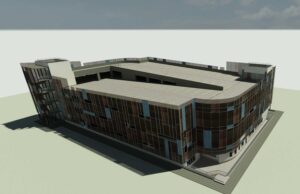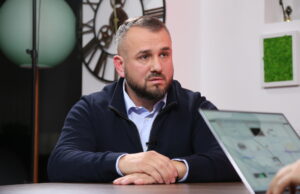Minda Hall’s sculptures representing significant Romanian artists
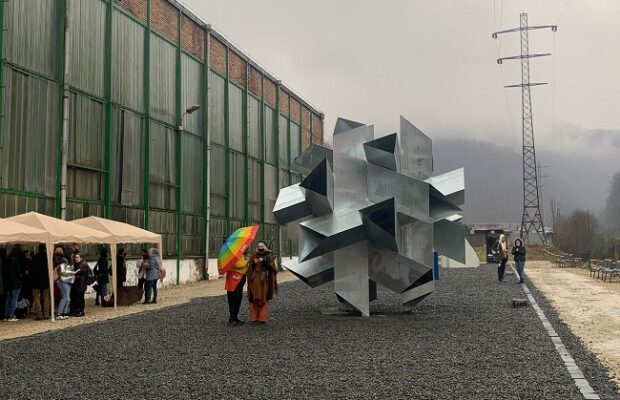
At the beginning of this month the official opening of Minda Hall took place. The former long-known metalworking place is to be transformed gradually into the creative space as a part of 250 years of industry celebration campaign“ReMetal 2021”.OutsideMinda Hall there are already installed six sculptures from different well-known and breakthrough artists of Romania. Let’s get more acquainted with their influence in the country and abroad and understand the concept behind the new sculptures.
All the works that are currently placed outside the Minda Hall are the ones that belong to neoconstructivism chain referring to the late modernity of 1960s and provocative expressionism. As SorinaJecza, President of the Triade Foundation from Timişoara,mentioned in one of interviews – based on different aesthetic ideologies, on different artistic processes, all these works speak about the authoritarian presence of art in the field of social configuration and debate.In addition to the diversity of formal means, the works cover a variety of techniques, materials or finishes used: works of welded sheet metal, cut metal, color interventions or galvanized metal.
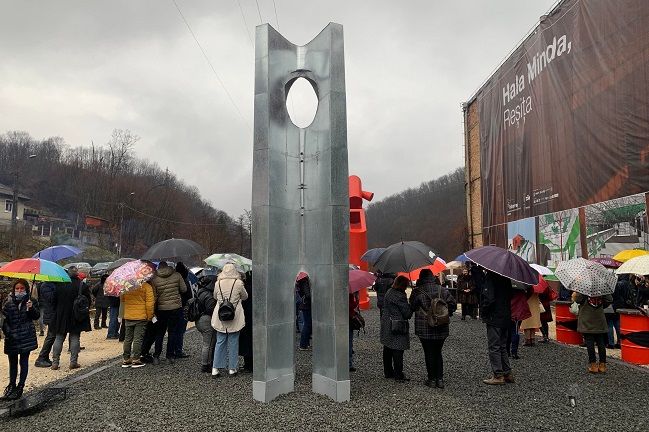
Aurel Vlad’s 6-meter tall “David and Goliath” is a part of a repertoire of themes that he called “The source of human hopes”. In this repertoire, the artist brings together myths, legends, stories, fairy tales with which he got inspired by in the childhood and which, in adulthood, helped him to make his way. He commented once: “In 1987, I was invited to a sculpture symposium in Sighetu Marmației. We then made a model with the thought that a liberator would appear with us to restore our sense of freedom. Two years later, the liberator was the Romanian people, compared to David who escaped Goliath “.
Constantin Flondoris an artist that has played also a very important role in the history of Romanian art. He was one of the co-founders of Group 111 (1966) extraordinarily marked the history of Romanian art, being the first association of artists dedicated to the experiment.Sigma followed, which led to a radical change in perception of art. Starting with Bauhaus-type constructivism, which promoted the interdisciplinarity between art and science, Sigma was focused on the research of artistic language, distinct specializations, such as mathematics or architecture, becoming tools in this endeavor. “Trigona” – one of the works transposed at Minda Hall after the experiment of triangular “bar joints” from the period of neoconstructivism by the Group 111. Constantin used to say that: “I am an observer and I try to decode what I see andfeel that exists in nature, in a language of painting. The father is the painting, nature is the motherand between those two, the images are born. My inspiration is not by imagination, but by observing and enjoying my perceptions. Perception is the base for everything that I do. I mostly make discoveries, not inventions.
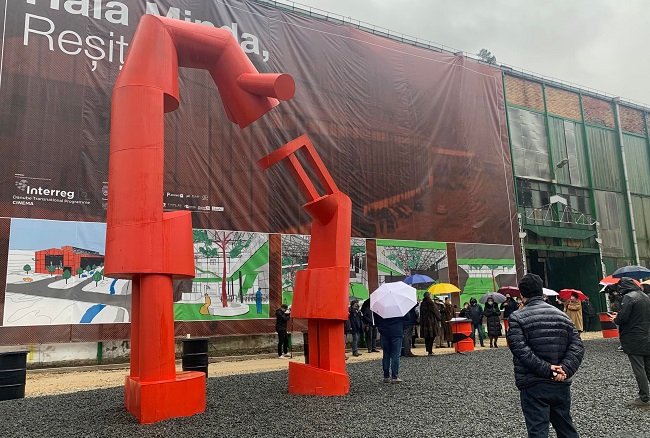
The other four sculptures involve a “Sunrise” by Ingo Glass, Peter Jecza’s “Fulfillment” and DoruCovrig’s “Hand” and Roman Cotosman’s “Brauri” all involving their own and unique style, perception and realization techniques.
Autor: Anastasia Zhmankova



